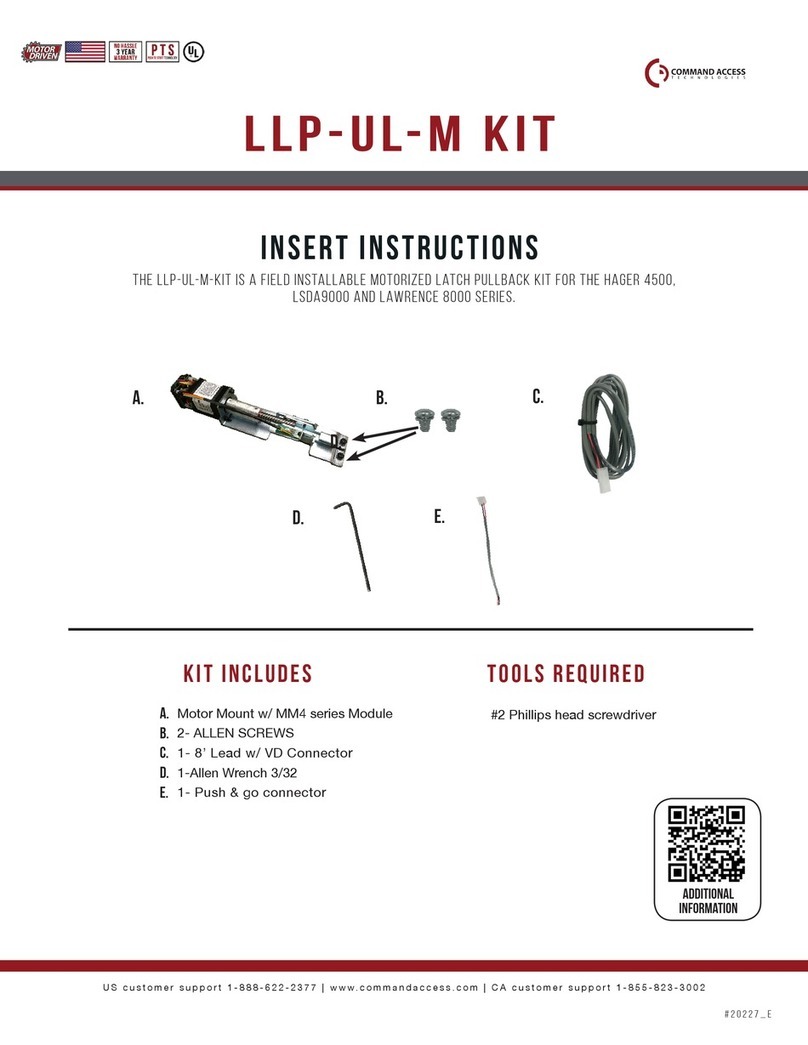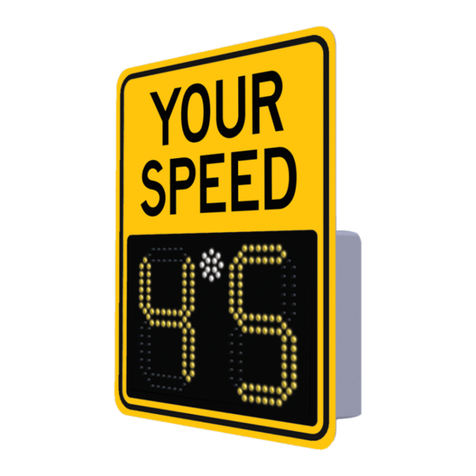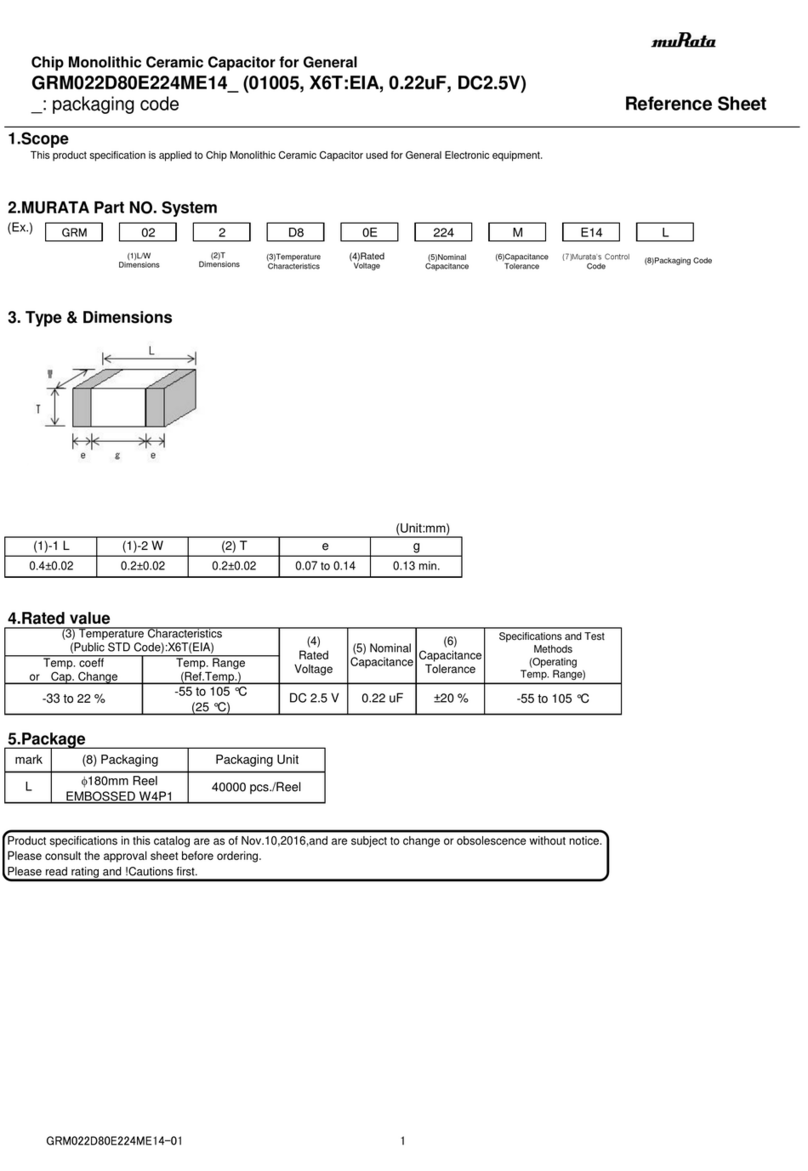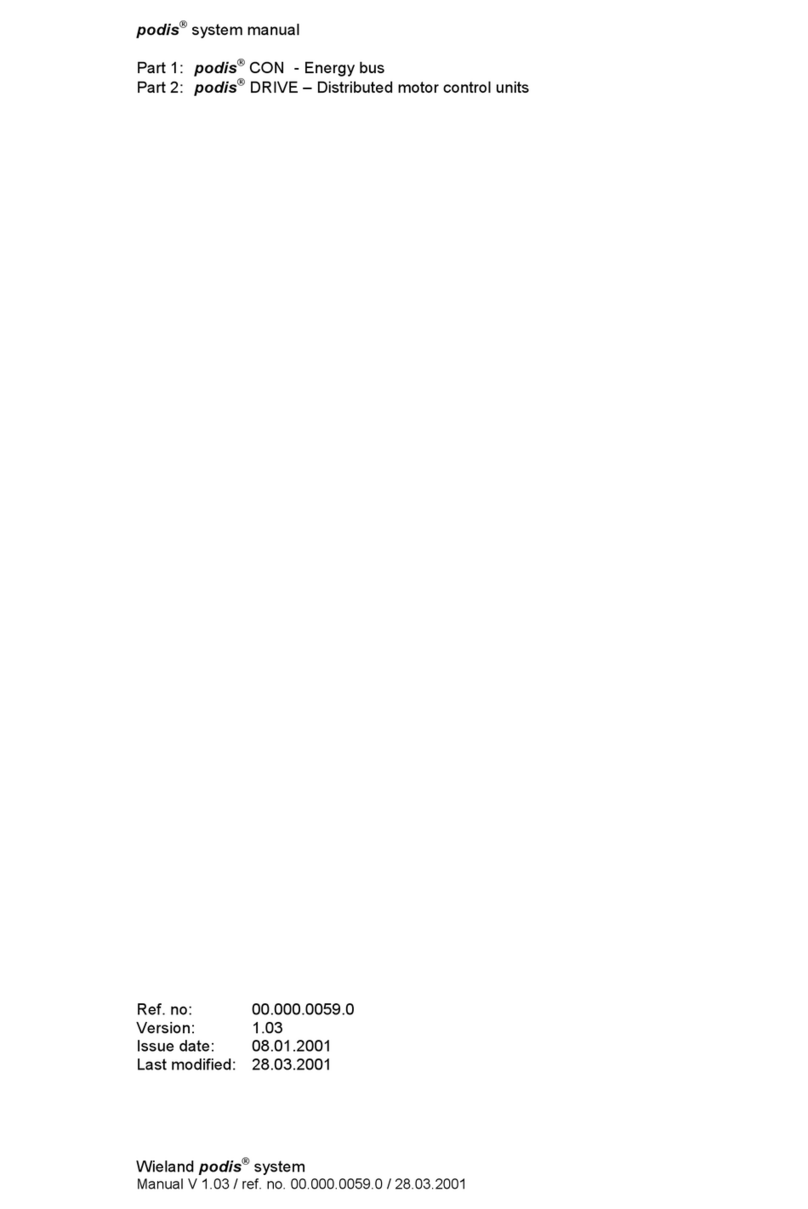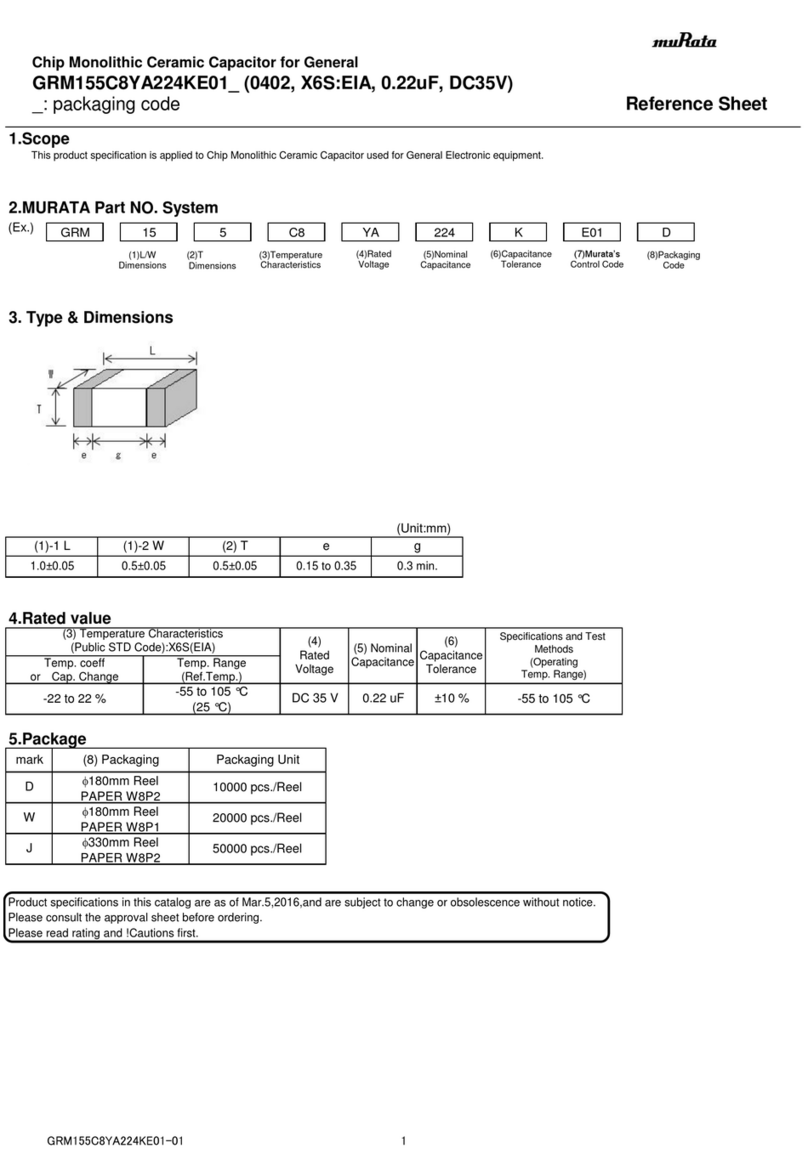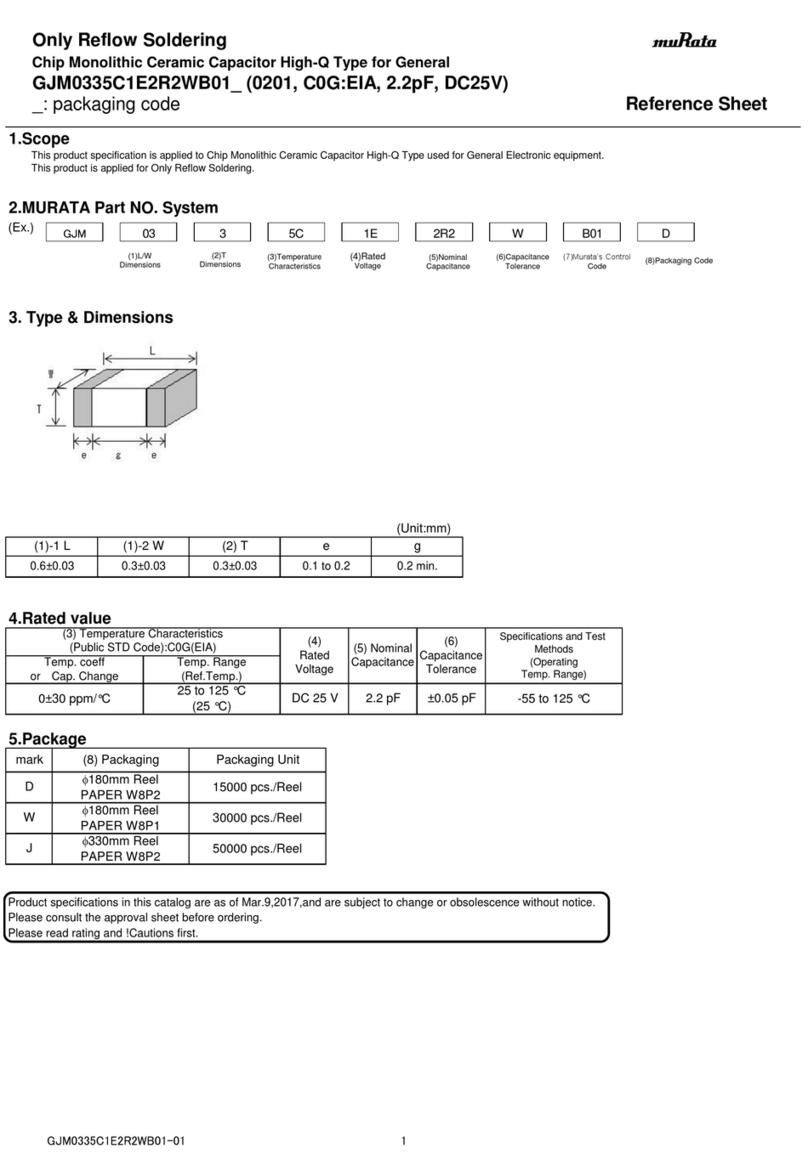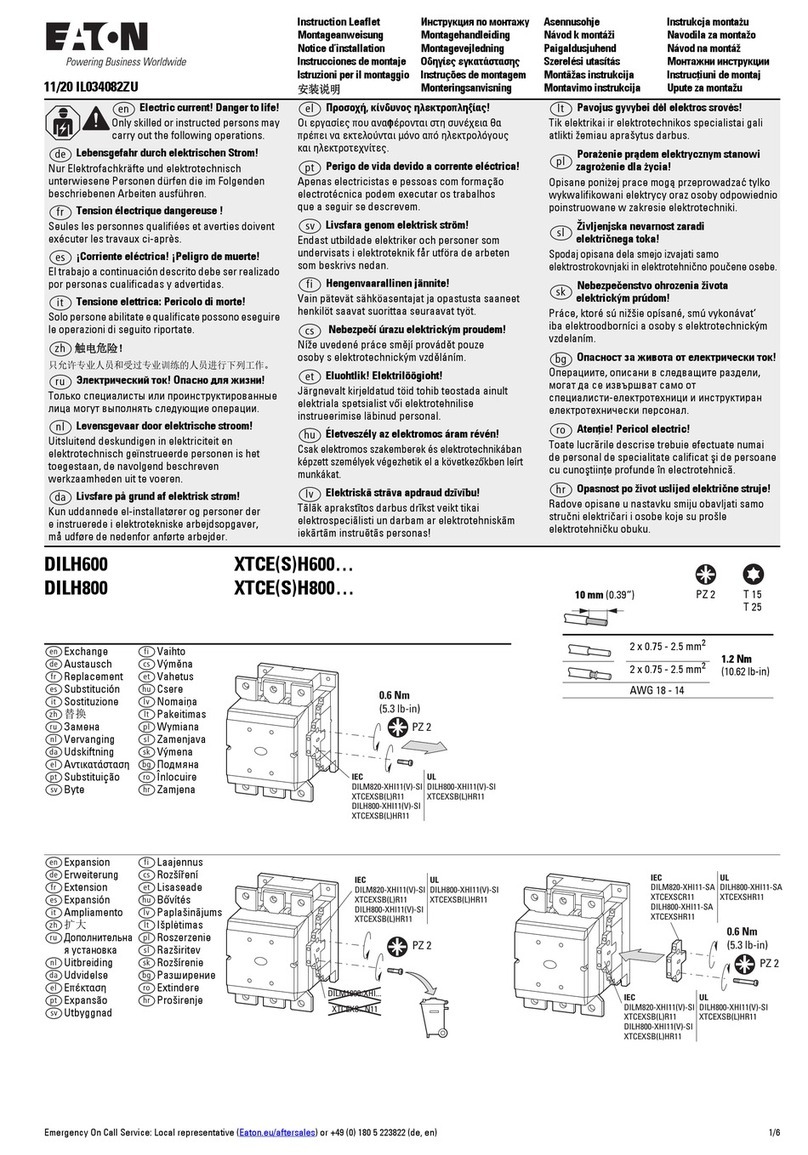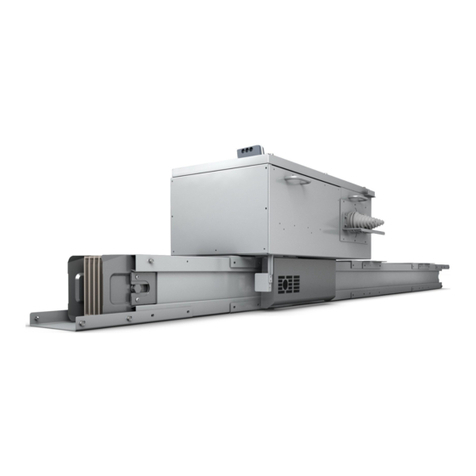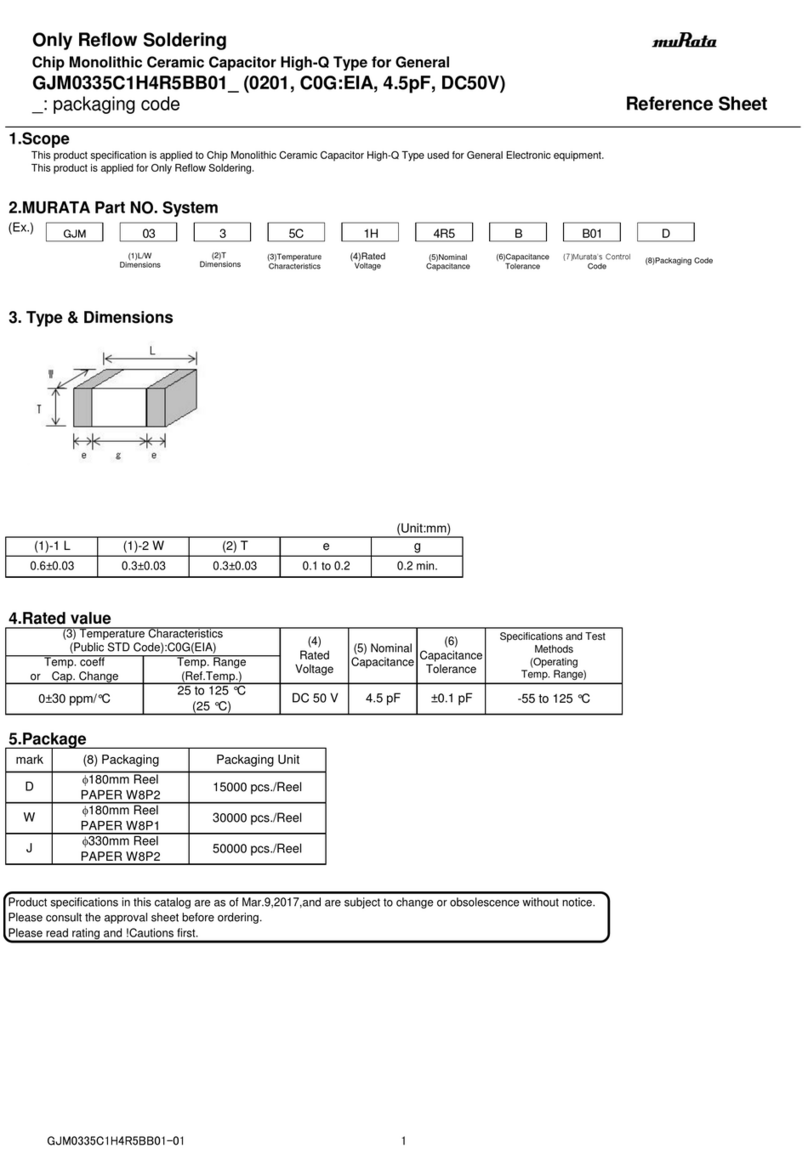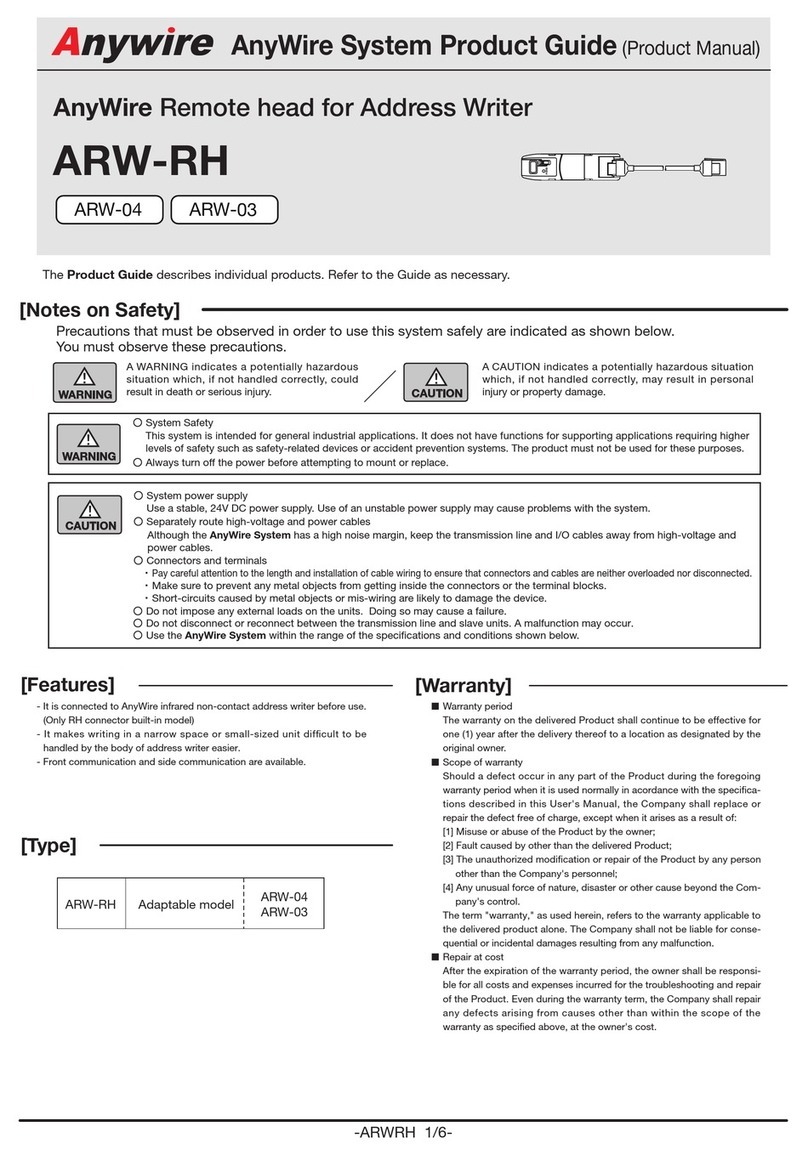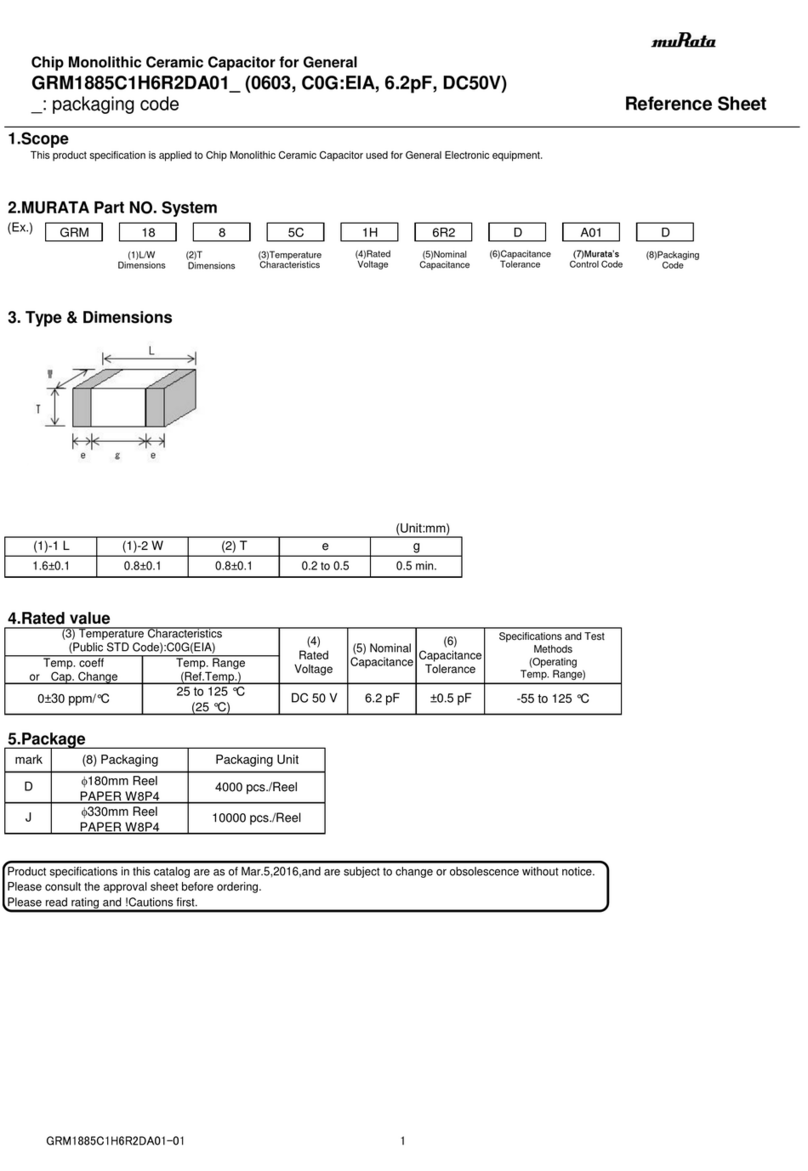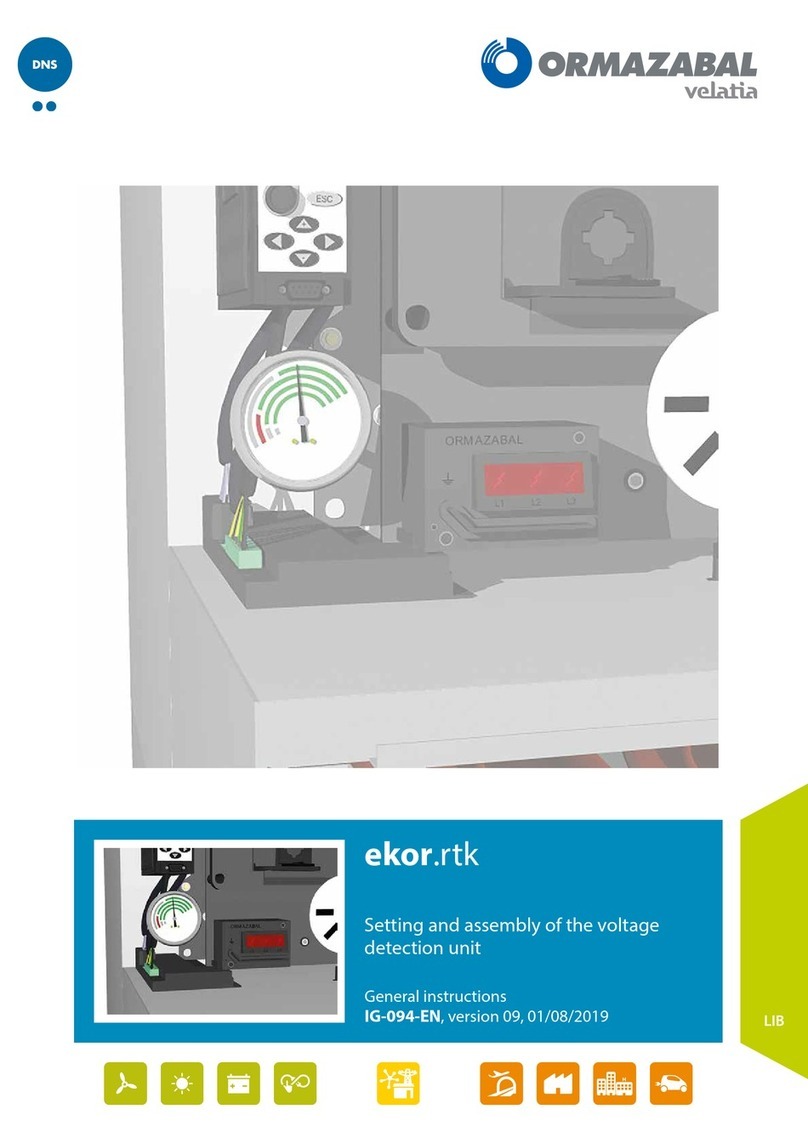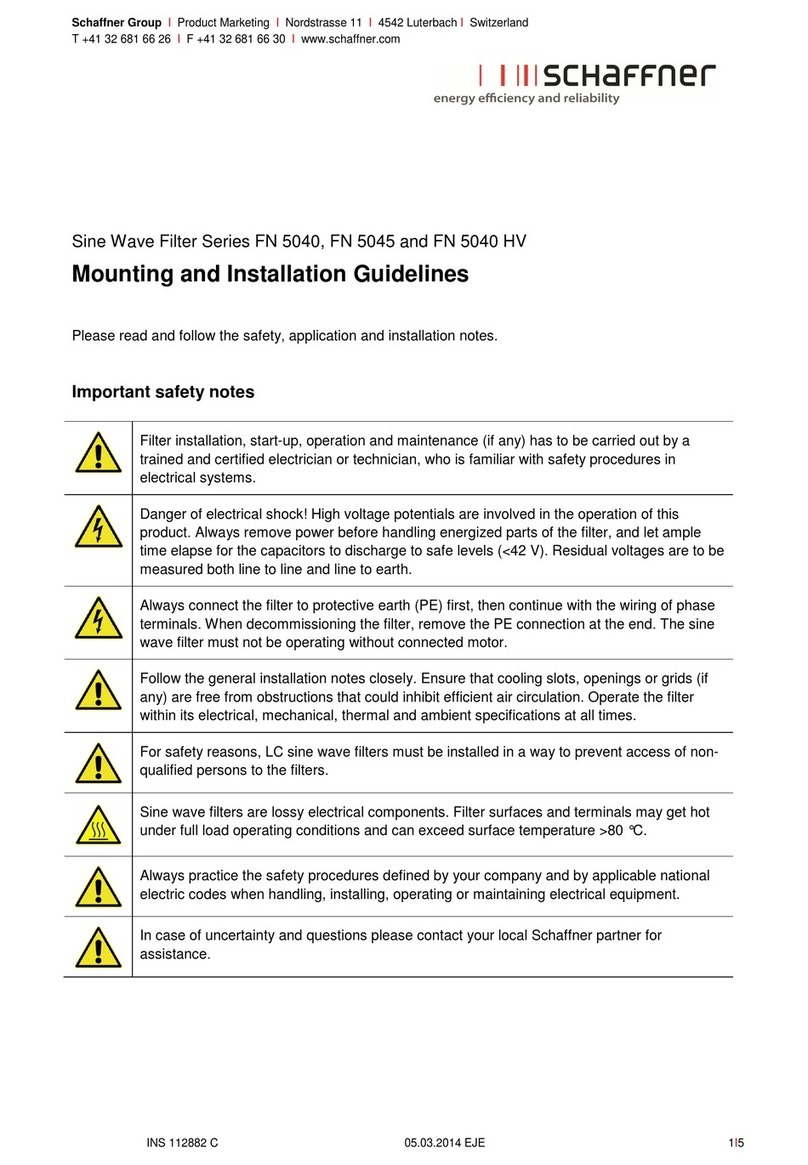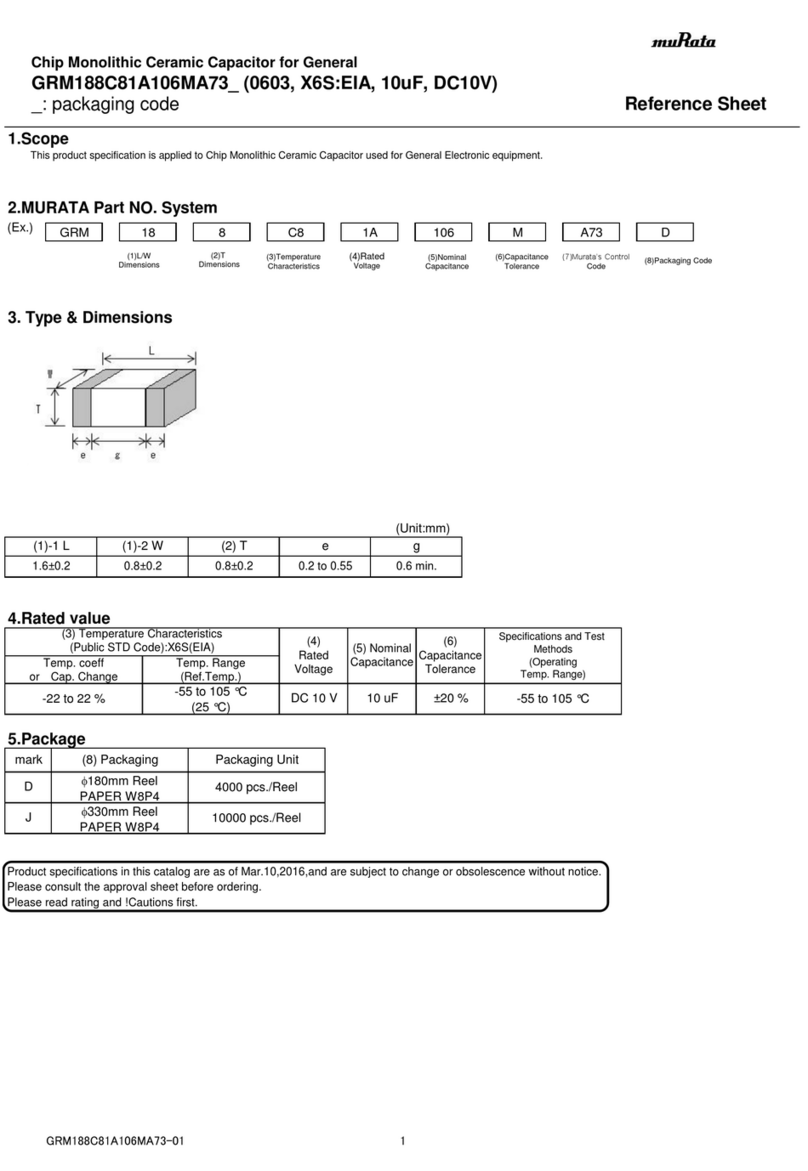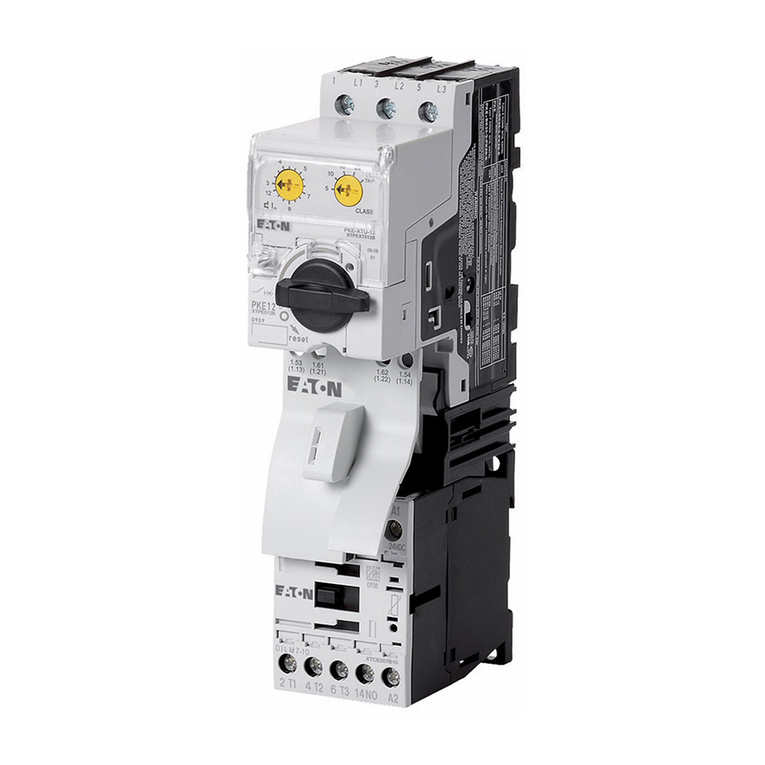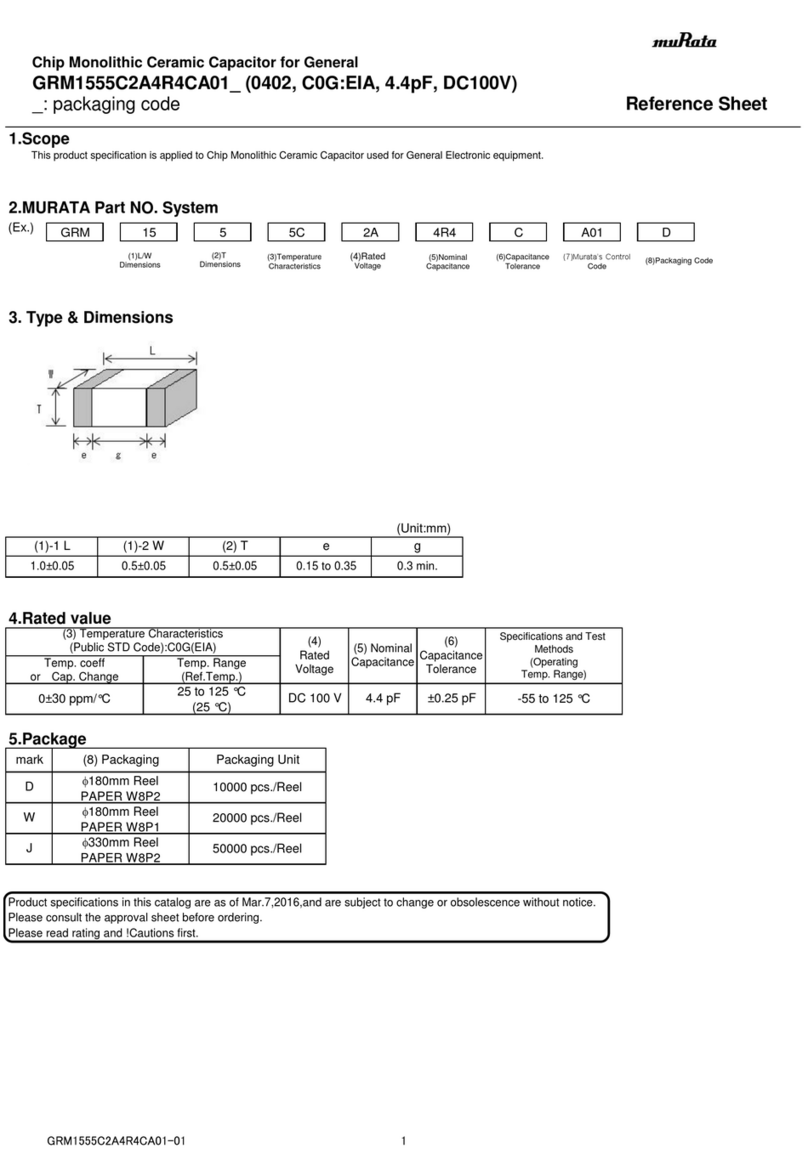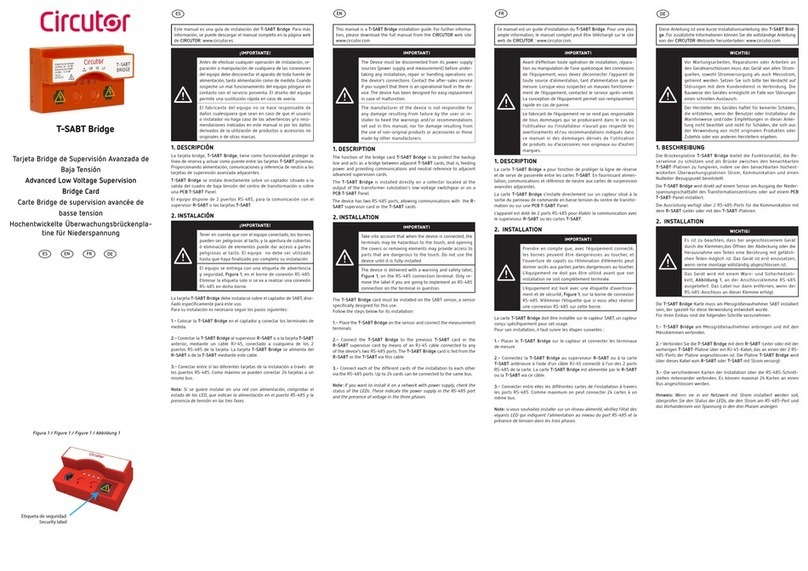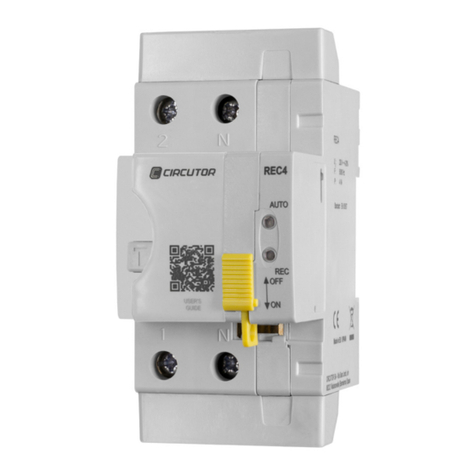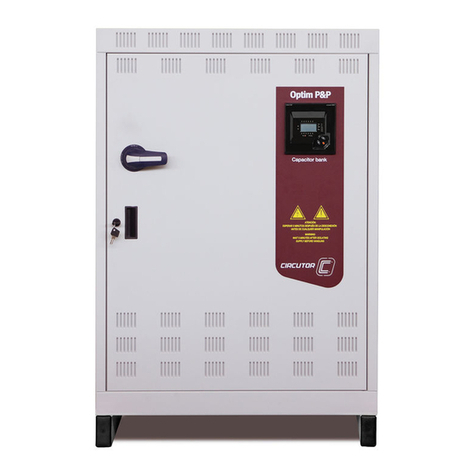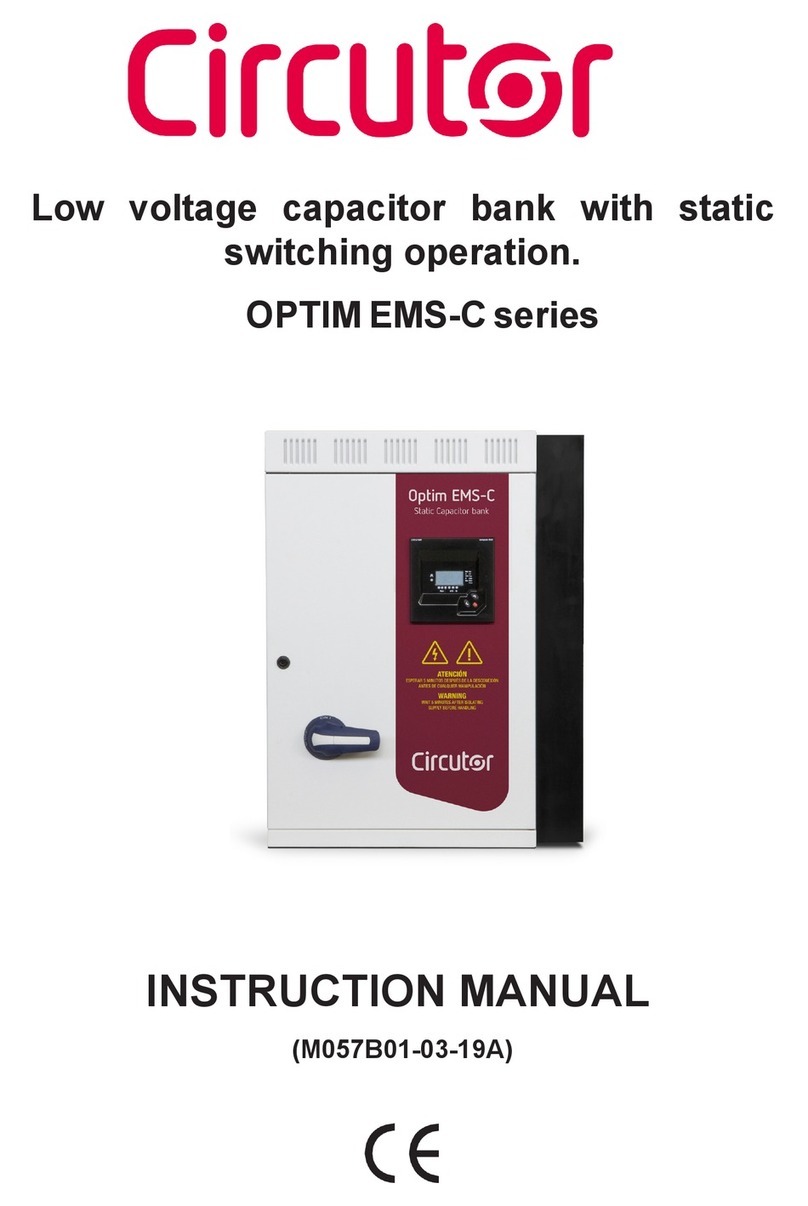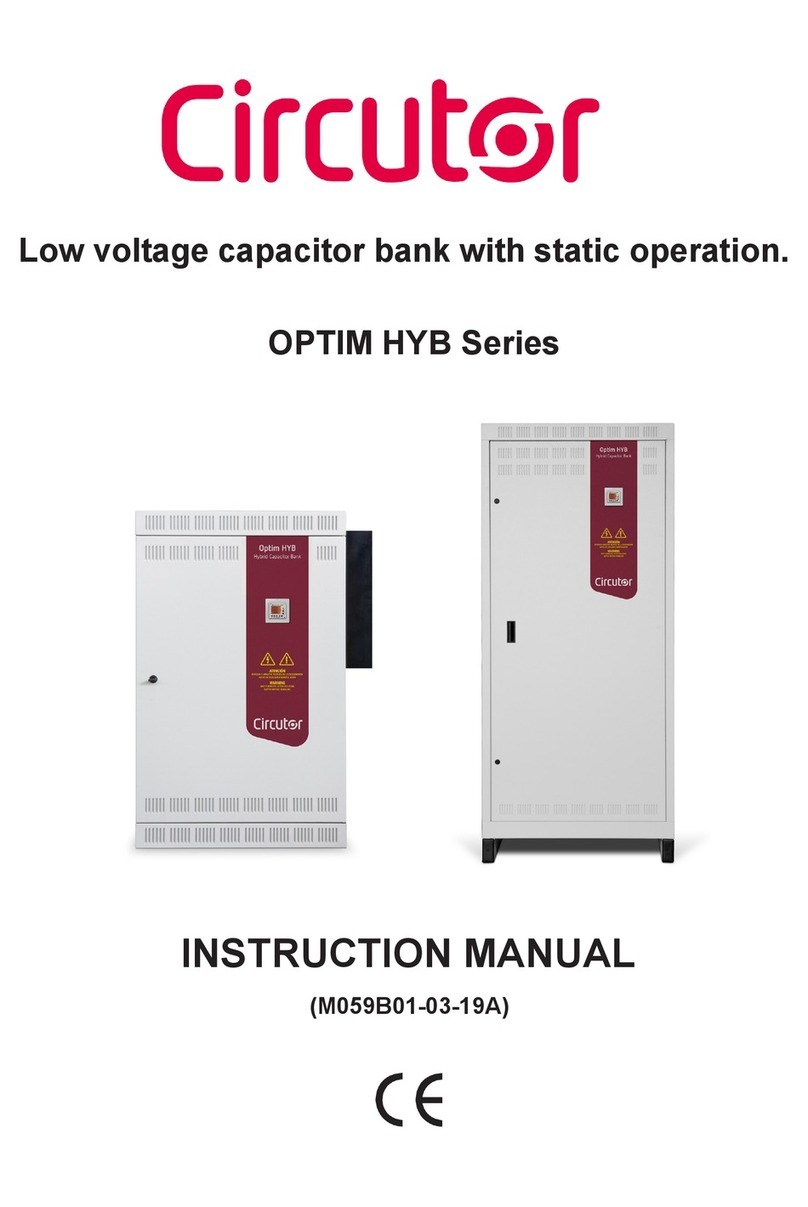
CONTENTS
AFETY PRECAUTIONS.......................................................................................................................................... 3
DISCLAIMER ..........................................................................................................................................................3
CONTENTS.............................................................................................................................................................4
REVISION LOG.......................................................................................................................................................5
1.- VERIFICATION UPON RECEPTION................................................................................................................. 6
1.1.- RECEPTION PROTOCOL..........................................................................................................................6
1.2.- TRANSPORT AND HANDLING .................................................................................................................6
1.3.- STORAGE...................................................................................................................................................7
2.- PRODUCT DESCRIPTION................................................................................................................................ 8
3.- INSTALLATION .................................................................................................................................................8
3.1.- PRELIMINARY RECOMMENDATIONS .....................................................................................................8
3.2.- PREPARATION...........................................................................................................................................9
3.3.- INSTALLATION LOCATION..................................................................................................................... 10
3.4.-CONNECTION OF THE CAPACITOR BANK TO THE MAINS................................................................. 10
3.5.-POWER CIRCUIT ...................................................................................................................................... 11
3.6.- EXTERNAL CIRCUIT BREAKER AND PROTECTION ELEMENTS....................................................... 11
3.7.- AUXILIARY CONTROL VOLTAGE........................................................................................................... 11
3.7.1. CAPACITOR BANK WITH AUXILIARY VOLTAGE OBTAINED FROM AN INTERNAL AUTO-
TRANSFORMER ..........................................................................................................................................12
3.7.2. CAPACITOR BANK WITH AUXILIARY VOLTAGE OBTAINED BETWEEN PHASE-NEUTRAL......12
3.8.- EARTH CABLE CONNECTION ............................................................................................................... 13
3.9.- CURRENT TRANSFORMER (CT) CONNECTION ................................................................................. 13
4.- CAPACITOR BANK START-UP ....................................................................................................................15
4.1.- BEFORE START-UP.................................................................................................................................15
4.2.- START-UP.................................................................................................................................................15
4.3.- CHECKS ONCE THE CAPACITOR BANK HAS BEEN CONNECTED AND THE REGULATOR .............
ADJUSTED .......................................................................................................................................................17
5.- MAINTENANCE..............................................................................................................................................18
5.1.- SAFETY REGULATIONS .........................................................................................................................18
5.2.- MAINTENANCE WITH THE CAPACITOR BANK DISCONNECTED ...................................................... 18
5.2.1. BASIC MAINTENANCE PROTOCOL ................................................................................................ 18
5.2.2. TIGHTENING TORQUE OF THE ELECTRICAL CONNECTIONS .................................................... 19
5.2.3. KEY POINTS FOR INSPECTING CONTACTORS............................................................................. 19
5.2.4. KEY POINTS FOR INSPECTING CAPACITORS...............................................................................20
5.2.5. KEY POINTS FOR INSPECTING THE REGULATOR .......................................................................20
5.2.6. CLEANING THE CABINET ................................................................................................................ 21
5.3.- MAINTENANCE WITH THE CAPACITOR BANK CONNECTED ............................................................ 21
5.3.1. REGULATOR CHECKS...................................................................................................................... 22
5.4.- ENVIRONMENTAL CONDITIONS............................................................................................................. 22
6.- TECHNICAL FEATURES ................................................................................................................................23
7.- STANDARD ELECTRICAL DIAGRAMS .........................................................................................................24
8.- MAINTENANCE AND TECHNICAL SERVICE................................................................................................ 35
9.- GUARANTEE...................................................................................................................................................35
10.- CE CERTIFICATE..........................................................................................................................................36
4
OPTIM P&P Series
Instruction Manual




















